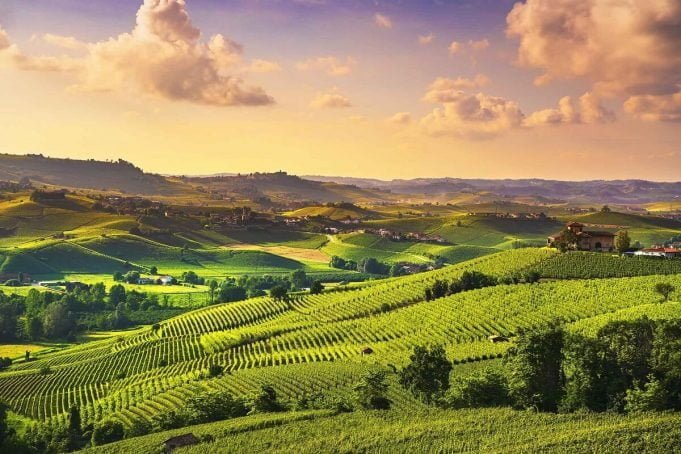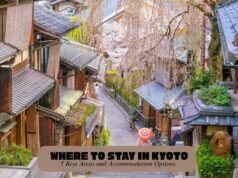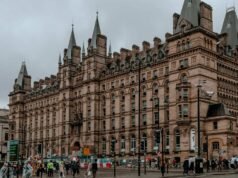The Langhe Italy is an area of moving slopes in the Piemonte locale in the north of the country. The slopes are canvassed in grape plantations with archaic slope towns and old palaces roosted on their pinnacles. The view is ravishing, yet what truly draws in guests is the extraordinary wine and food Barolo reds, white truffles, hand-tailored pasta, and a lot more rarities.
Alongside Monferrato and Roero, the Langhe was made a UNESCO World Heritage Site in 2014 for social scenes and winemaking customs return many years. We spent seven days in the Langhe locale, situated in the little town of Castiglione Falletto, and experienced passionate feelings for this delightful and frequently neglected piece of Italy. For more about to know we have to go at langhe.net
Get away from the Crowds
Langhe, Piemonte – view to La Morra
Wine sweethearts might have known about Barolo, yet the Langhe isn’t on many individuals’ radar as a spot to visit in Italy. We heard the region depicted as Tuscany without the groups and that is a fair evaluation as it has comparable moving slopes, grape plantations, and middle age towns without the Chianti swarms.
The Langhe likewise has grape plantation climbs and we never ran over any other person on our strolls between the wine towns. While traveler numbers were low in many towns we visited, don’t anticipate having the spot completely to yourself. Guests are expanding and there were surprisingly outsiders around, for the most part, Germans, Swiss, and for reasons unknown, Australians.
Vineyard Hikes
Langhe, Piemonte – Hikes in the grape plantations
Our number one component of the Langhe is the noticeable paths that go through the grape plantations. They interface the wine towns so you can do some wine sampling without driving back. We were remaining in Castiglione Falletto and did 60 minutes (every way) climbs to Barolo and Serralunga.
Longer paths through the Langhe slopes are accessible, and certain individuals even put in a couple of days strolling around the area remaining in an alternate town every evening. The paths are not difficult to follow (simply search for the red and white markers), so you don’t require a guide.
Hill Towns
Castiglione Falletto in the Langhe, Piemonte
The town of Castiglione Falletto where we remained in the Langhe Italy. The Langhe is spotted with archaic slope towns and towns, a large portion of them with their palace, but little their size.
Barolo is the most renowned town, however La Morra, Serralunga, Castiglione Falleto, and Verduno merit a visit. Alba is the greatest town nearby and a beautiful spot for a meander (you could base yourself there if you favor towns to open country). The prettiest town we visited was Neive in the Barbaresco wine locale, which has been chosen as one of the Borghi Piu Belli d’Italia (most gorgeous towns in Italy).
Delicious Food
Plin (ravioli) at Le Torri café in Castiglione Falletto
Climbing and eating were our two fundamental exercises in the Langhe. The food here is so great! I don’t believe it’s imaginable to find a terrible dinner as each eatery thinks often profoundly about the food they serve.
The Slow Food development started in adjacent Bra, and the Piemontese appears to take this in a real sense as large numbers of our feasts were three hours in length. Each course is relished from copious antipasti to the last cafe (with rolls, obviously).
Truffles
Tajarin wth truffles at Dai Bercau café in Verduno
The most popular food in the Langhe is truffles, particularly the sensitive, fragrant white truffles. They are just accessible in October/November, so we didn’t get to attempt them, however, there were a lot of dark truffles on the menu.
On the off chance that you are a genuine truffle fan, you can go on a truffle chase in the timberland or visit Alba’s yearly truffle fair. This private truffle chase joins a stroll in the forest with a tasting at a Barolo winery.















